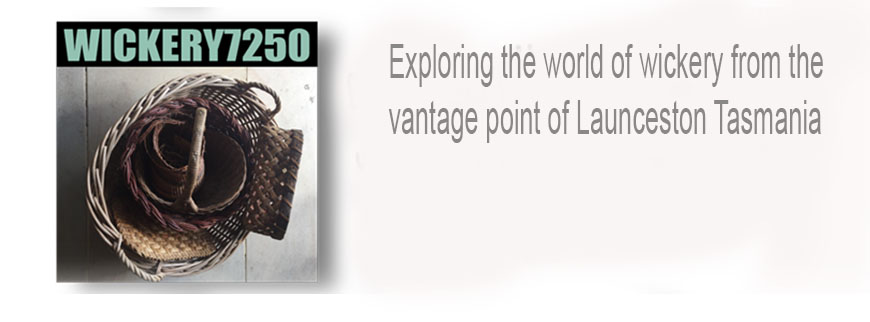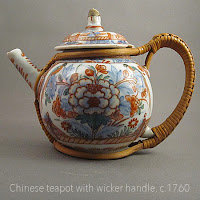CONTEXT
In the 'world of wickery' weaving with bark is not that common within the range of 'materialities'. To a large extent this is because there is less of it relative to the various forms of 'wood' used for 'wickery' and the range of ways it is harvested, managed and put to work. Bob Mezibov's 'bark basketry' is focused on Tasmanian plants and a late 20th C Tasmanian 'cultural landscape'.
Nonetheless, 'bark basketry' has a rich set of traditions an 'cultural narratives' that deserve exploration and contextualisation.
In considering these images, and Bob's work in general, it needs to be said that these images represent a kind of cultural snapshot. During the decade of the 1980, when these images and baskets were made, it was a time when 'craft practice' was being celebrated and explored in a multicultural cum international context. Consequently, there are hints of 'the times' and in a Tasmanian context to be found in the images. Also, in a time when it was claimed that somewhere in the region of 10% of Tasmanians were members of a 'craft organisation' or an organisation that was this talks about a different time.
CLCK ON IN IMAGE TO ENLARGE
CLCK ON IN IMAGE TO ENLARGE
CLCK ON IN IMAGE TO ENLARGE
CLCK ON IN IMAGE TO ENLARGE
CLCK ON IN IMAGE TO ENLARGE
CLCK ON IN IMAGE TO ENLARGE
CLCK ON IN IMAGE TO ENLARGE
CLCK ON IN IMAGE TO ENLARGE
CLCK ON IN IMAGE TO ENLARGE
 |
| Mesibov Basket - Private collection, purchased Hobart circa 1983 |
LINKS
- 'Wickery and place' Ray Norman 1 June 2018 ... https://garlandmag.com/article/wickery-and-place/
- 'Wicker Wonderlust, a gallery experiment' Karina Clarke 1 June 2018 ... https://garlandmag.com/article/wicker-wonderlust-a-gallery-experiment/
- 'BASKETMAKERS OF TASMANIA' ... https://www.facebook.com/BasketmakersOfTasmania/
- Wicker Wonderlust Exhibition ... https://greenmagazine.com.au/wicker-wonderlust-exhibition-announced/
- WICKER & PLACE ... https://wickery7250.blogspot.com/p/w.html
- Wicker Wonderlust Exhibition ... https://designtasmania.com.au/wicker-wonderlust/
- Bob Mesibov 'Unique Launceston millipede finally has a name' ... https://www.examiner.com.au/story/2967897/unique-launceston-millipede-finally-has-a-name/
- QUEEN VICTORIA MUSEUM AND ART GALLERY ... https://www.qvmag.tas.gov.au/Contact















































